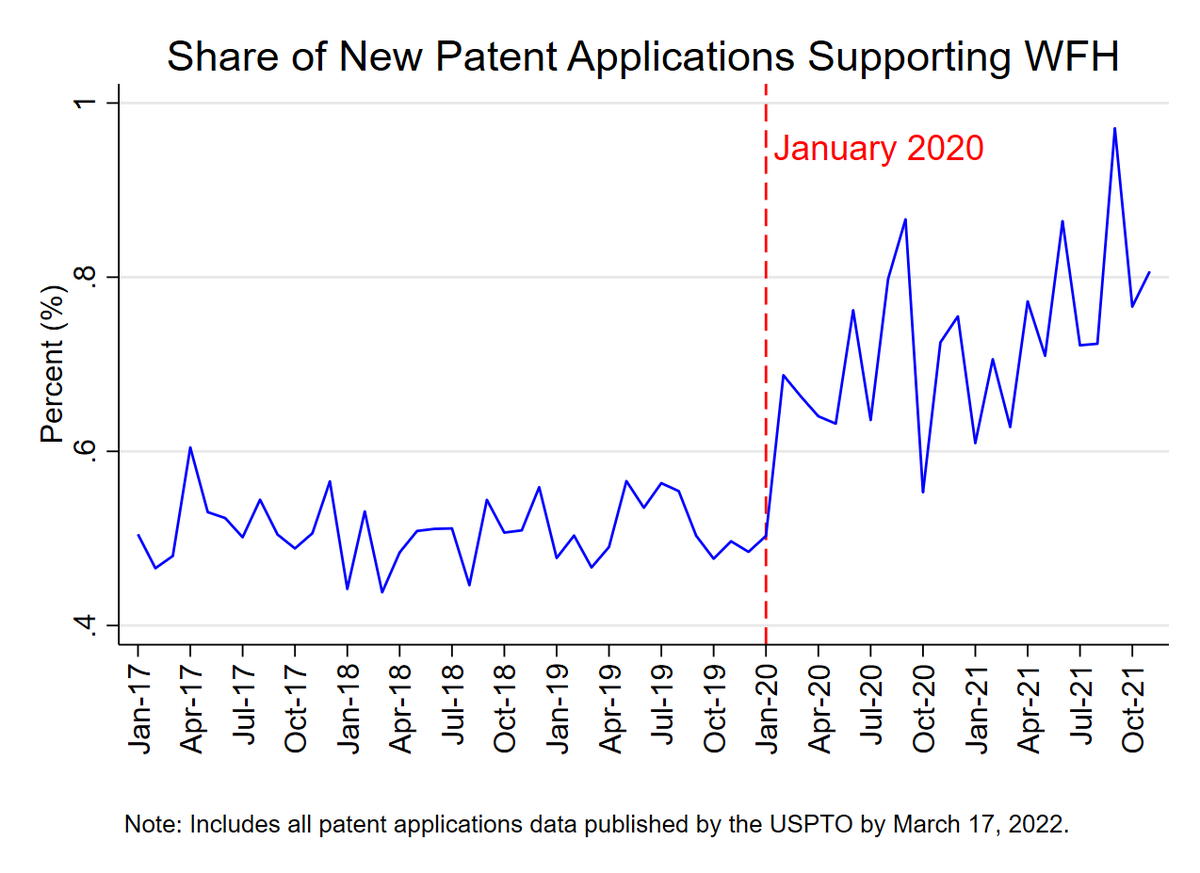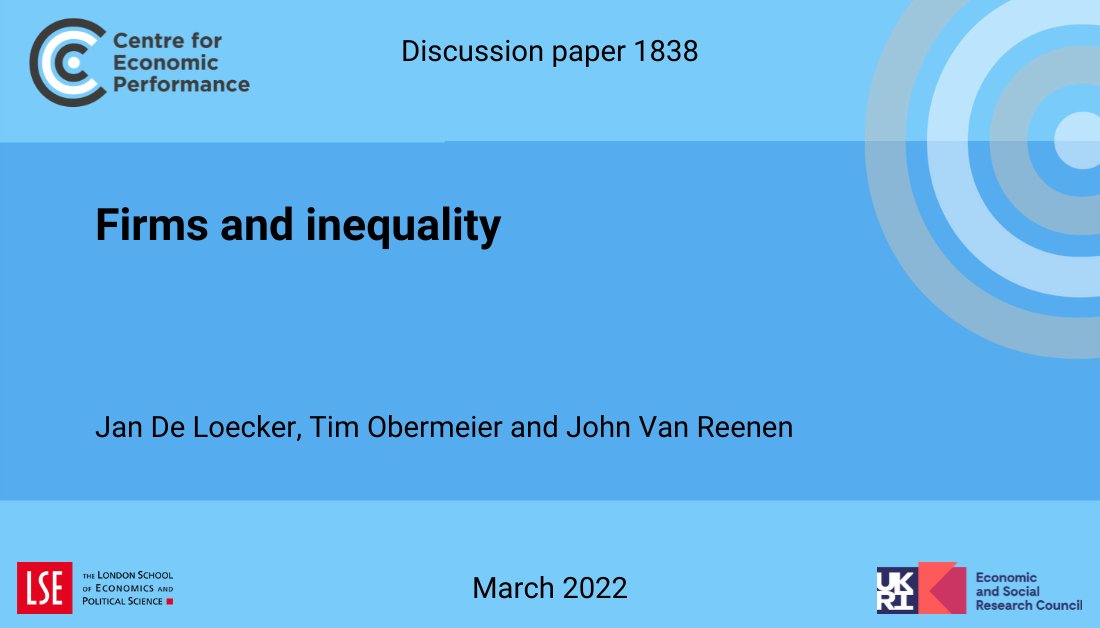
WMS ManagementSurvey
@thewmsproject
Twitter account for the World Management Survey project. Primarily a source of project news, paper and data releases.
ID: 718105956194902016
http://www.worldmanagementsurvey.org 07-04-2016 15:59:36
47 Tweet
129 Followers
42 Following

Many congratulations to Programme on Innovation and Diffusion Raffaella Sadun for the award of Grande Ufficiale of the Ordine al Merito della Repubblica Italiana buff.ly/3zQaR65 for her work on economic recovery & COVID Italy in US Harvard Business School Very proud of my co-author & ex-PhD student!





“We argue that greater misallocation is a key driver of the worse management practices in Mexico compared to the US.” Nicholas Bloom, Leonardo Iacovone Mariana Pereira-López and John Van Reenen Programme on Innovation and Diffusion Read: ow.ly/YvXR50HGhvY





Improving management practices in FE colleges could be an important way of reducing inequalities. By Sandra McNally , Luis Schmidt and Anna Valero CVER@LSE Programme on Innovation and Diffusion Read: ow.ly/jH6F50IePV6


New The EBRD research by Helena Schweiger & Alexander Stepanov : "When good managers face bad incentives: Management quality and energy intensity in the presence of price distortions" using World Bank Data papers.ssrn.com/sol3/papers.cf…


Market forces are driving #WFH WFH has increased 500% so firms are ramping up R&D spending to support this Big WFH use = big profits for better WFH products So patents for WFH hardware and software are surging (updated figure from stanford.io/3dsXazL with Mihai Codreanu)


Better Management Practices In Further Education Colleges Boost Attainment Of Students From Disadvantaged Backgrounds buff.ly/3KXZqxz India Education Diary on Programme on Innovation and Diffusion Anna Valero and Centre for Economic Performance CVER@LSE Sandra McNally buff.ly/3N2Tl4R


This research documents, at the micro level, increasing between-firm differences in productivity, wages, size and markups, similar to those in America. By Jan De Loecker, Tim Obermeier, John Van Reenen Programme on Innovation and Diffusion LSE Department of Economics Read: cep.lse.ac.uk/_NEW/PUBLICATI…



VACANCIES: WMS ManagementSurvey are seeking over 20 interns for full time work on the 2022 wave of the World Management Survey. For full details and to apply, visit: worldmanagementsurvey.org/current-jobs/











